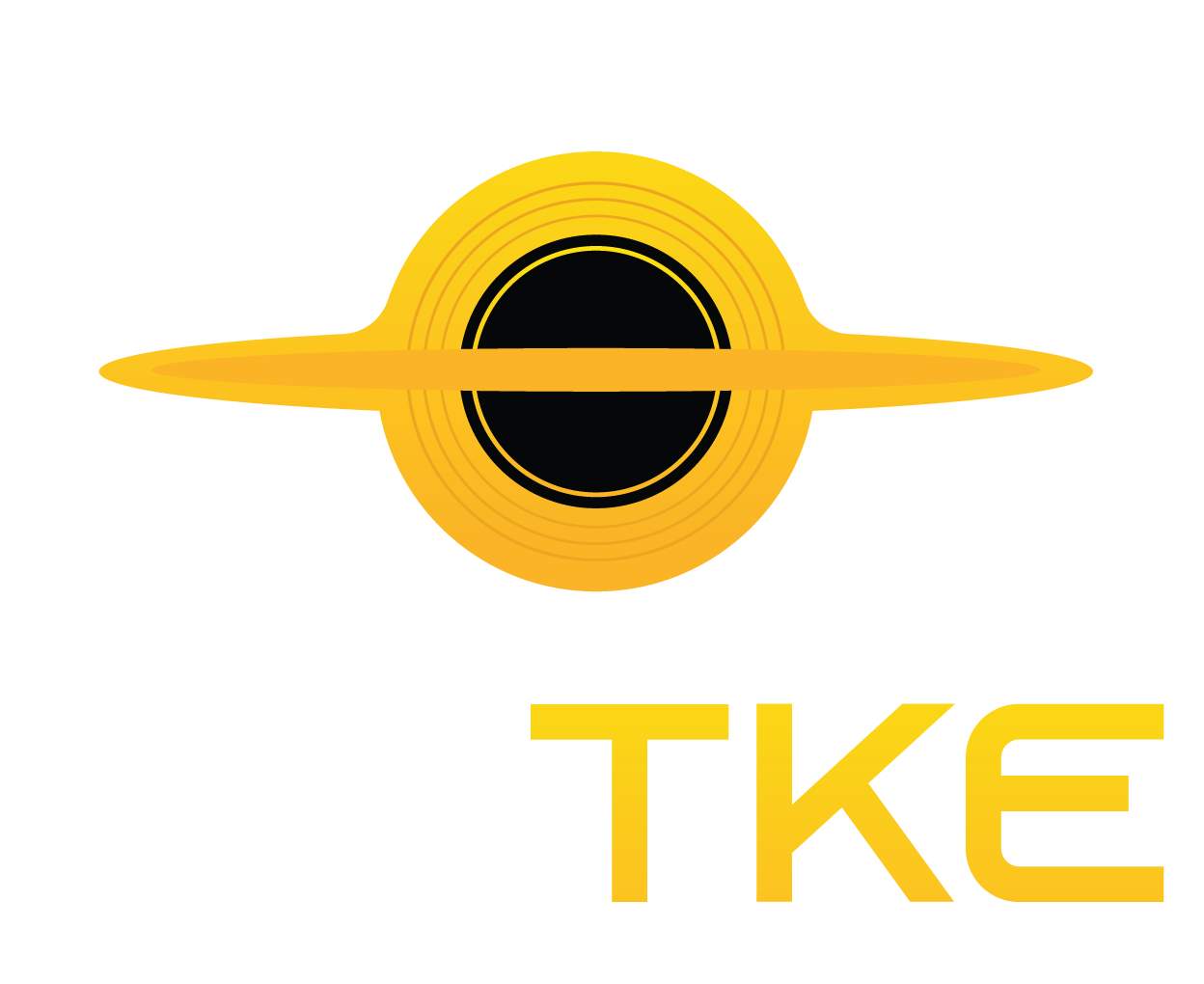A Team Of Physicists Finds Signs Of Pentaquark States And New Matter
Production mechanisms. The top panel shows the quark line diagrams at the electroweak vertex, and the bottom panels show the corresponding production diagram for Pc states. (a) Color-enhanced, (b) color-suppressed, and (c) non-factorizable color-suppressed mechanisms. Credit: T. J. Burns et al, Physical Review D (2022). DOI: 10.1103/PhysRevD.106.054029University of Pittsburgh and Swansea University theorists have demonstrated that...










